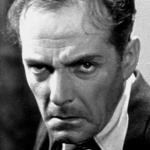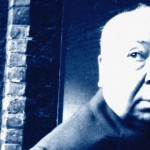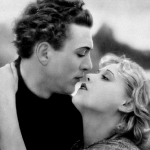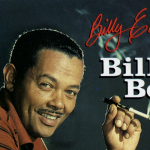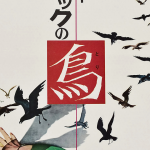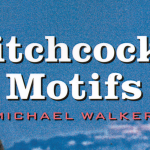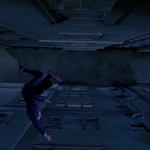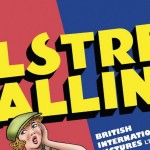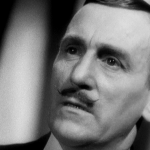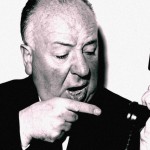Blackmail: Banned in Australia!
Another interesting article from the National Library of Australia’s Trove site, this time from the Brisbane Sunday Mail (27/Oct/1929): BLACKMAIL BRITISH “TALKIE” HIT AUSTRALIAN BAN Something of a sensation has been caused in the British film world by the banning of the British “talkie,” Blackmail, by the Australian film censor. Nobody appears to know why, and the action is regarded as even more strange when it is realised that the British film censor passed the… (read more)

